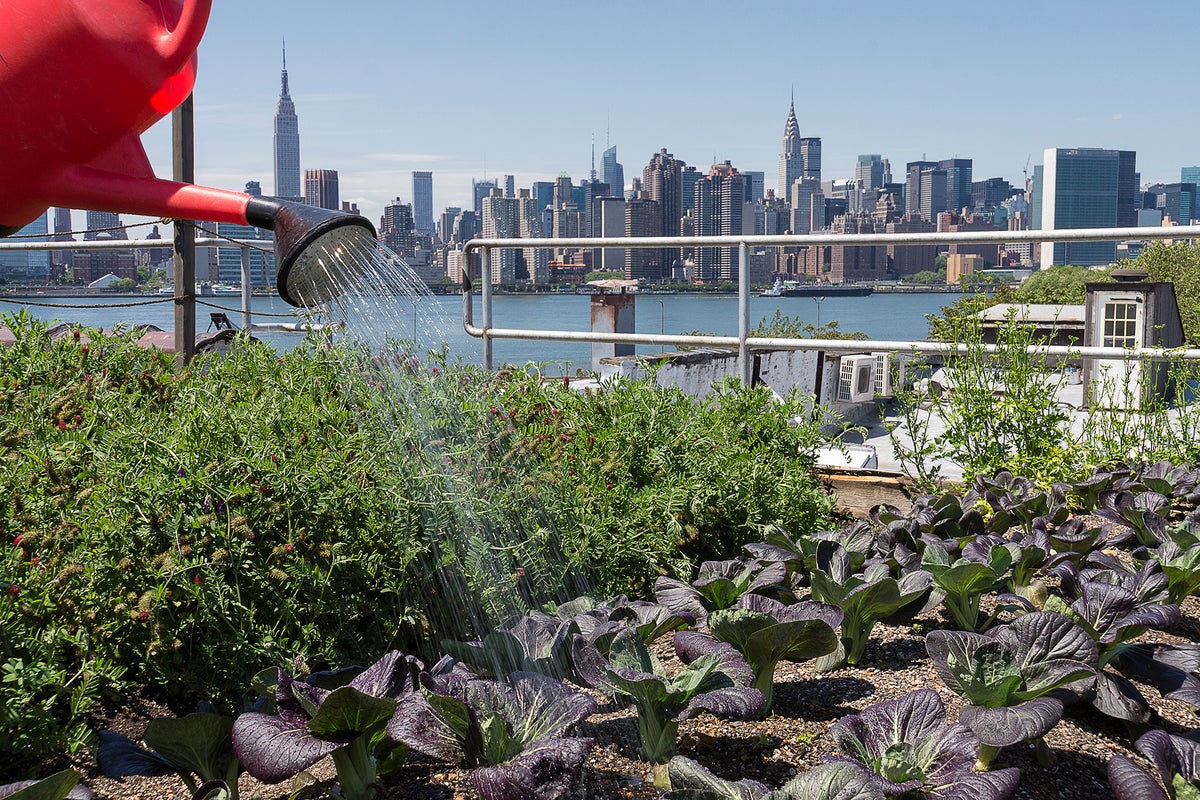City Blooming for Beginners
City Blooming for Beginners
Blog Article
The Buzz on City Blooming
Table of ContentsCity Blooming Fundamentals ExplainedHow City Blooming can Save You Time, Stress, and Money.Getting My City Blooming To WorkThe Facts About City Blooming RevealedThe Definitive Guide for City Blooming
Fascinated in expanding food for sale in the City of Chicago? Below is a checklist of frequently asked inquiries concerning the policies and guidelines that growers ought to consider when intending a metropolitan farming task.
The zoning amendment does not modify any kind of various other codes handling composting, building authorizations, buying or leasing City owned residential property, service licenses or ecological contamination. There are existing codes that regulate these concerns and they remain completely effect and might apply to your job. Area gardens are commonly owned or managed by public entities, civic companies or community-based organizations and kept by volunteers.
Urban ranches expand food that is planned to be offered, either on a not-for-profit or for-profit basis. As a result of their industrial purpose, city ranches call for a company certificate. Yes. A community garden is allowed to market excess generate that was expanded on site if the sales are accessory or secondary to the yard's primary function explained above.
The Main Principles Of City Blooming
Composting is allowed but only for plant material that is produced and used on site. The quantity of compost product can not surpass 25 cubic backyards at any type of offered time according to the standards in 7-28-715 of the City's Municipal Code. Yes. Since the soil at a lot of new yard sites requires modifying, garden compost, dirt, wood chips, or various other products can be obtained to build or boost the growing space - urban gardening.

If a building permit is needed after that the hoophouse will certainly be thought about an accessory structure. You can discover more regarding the building permit demands by speaking to the Division of Buildings. The 25,000-square-foot dimension restriction is planned to stop a single community yard from dominating an offered block or detracting from the block's existing property or industrial character.
The limit does not relate to gardens located in Public Open Room (POS) districts. Can there be greater than one neighborhood garden that is 25,000 square feet on a solitary block? Yes. The dimension limit puts on private yards, not to individual blocks. No. Fencing is not called for, however, gardens that have large parking lot might be called for to mount secure fencing or other landscape design features.
Little Known Facts About City Blooming.
B1 & B2 areas require that all industrial usage activities be carried out indoors. R areas limit industrial task. The laws mirror the function and intent of the Zoning Code. Is fencing required for metropolitan ranches? Yes. Fences might be called for, together with landscape design and testing, for specific parking lot and exterior work or storage locations depending on location and the certain activity taking place.
Yes. Urban ranches require structure permits and zoning approvals prior to building. Various other types of city testimonial may be needed depending upon certain frameworks, activities, dimension, landscaping, licensing, public heath and stormwater administration issues. Much of these needs are identified in the job layout or permitting process, nonetheless, the candidate may be liable to separately identify specific licenses or permits that might be required.
The Division of Business Affairs and Consumer Security can assist identify the details type of company certificate that's called for. Off road parking is needed for a lot of business projects in Chicago. The called for number of car parking rooms is based on the number of workers working on website and not the square video footage of the growing room.
The Ultimate Guide To City Blooming

Yes. A city farm can sell compost material created on site, nevertheless, the operation must abide by the guidelines in 7-28-715 of the home and garden Chicago Municipal Code. Yes. Aquaponic systems are permitted inside your home on urban farms in many zoning districts. Nonetheless, a zoning evaluation and building authorization is called for in order to set up structures or systems and a company permit is required as explained over.
Up to 5 hives or swarms of honey may be maintained as an accessory use. Beekeepers must sign up with the Illinois Department of Agriculture. To find out more regarding the recommended zoning amendment you may get in touch with the Division of Real Estate and Economic Development, Bureau of Planning and Zoning at 312.744.8563.
, which takes location in rural locations at the edge of residential areas.
Some Ideas on City Blooming You Need To Know
, who seek to develop social networks started on a common principles of nature and area holism. These networks can create by method of formal institutional assistance, coming to be incorporated into regional town planning as a "shift town" movement for sustainable urban development.
In either situation, the extra straight accessibility to fresh veggie, fruit, and meat products that may be know through metropolitan agriculture can improve food protection and food safety and security while lowering food miles, resulting in lower greenhouse gas emissions, thereby adding to environment modification mitigation. A few of the first evidence of metropolitan agriculture comes from Mesopotamia.
Report this page